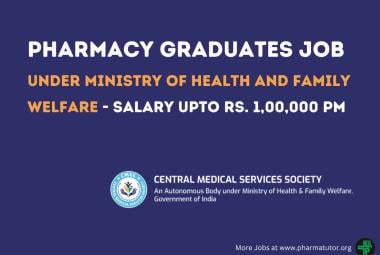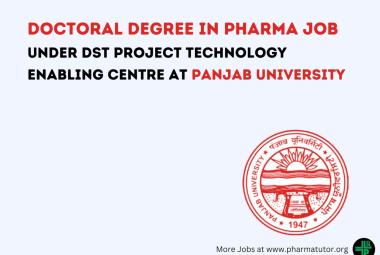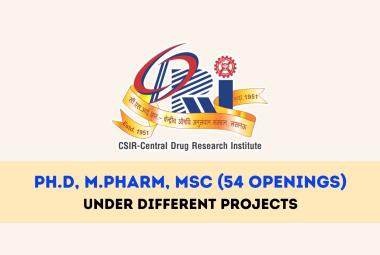Antimicrobial Activity of Plants Belong to Solanaceae Family
About Authors: Ajay Kumar Pathak,
Analytical Science Division,
Shriram Institute for Industrial Research,
19 University Road, Delhi, 110007
Introduction
The plant kingdom comprises many species of plants containing substances of medicinal value, which are yet to be explored. A large number of plants are constantly being screened for their possible medicinal value.[12] The use of plant extracts in traditional medicine has been going on from ancient time.[13] Herbalism and folk medicine, both ancient and modern, have been the source of much useful therapy.[14-16] In the recent years, the development of resistance of pathogens against antibiotics has become a difficult issue caused by the indiscriminate use of modern antibiotics.[17-23] Therefore, the demand for new and effective antimicrobial agents with broad spectrum activities from natural sources are increasing day by day. Infectious diseases account for approximately one-half of all deaths in tropical countries. The use of and search for drugs and dietary supplements derived from plants have accelerated in recent years. Ethnopharmacologists, botanists, microbiologists, and natural-products chemists are combing the Earth for phytochemicals and "leads" which could be developed for treatment of infectious diseases. While 25 to 50% of current pharmaceuticals are derived from plants, none are used as antimicrobials.



 About Authors:
About Authors:







.png)


